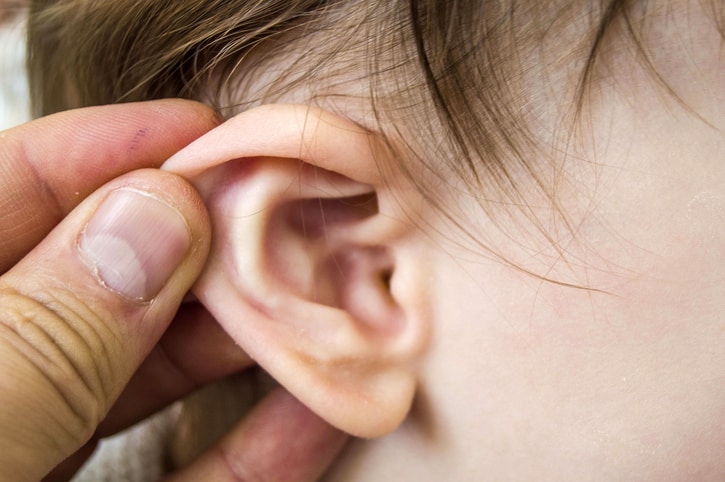The human ear is a miracle of evolution. Delicate tubes, whirling canals and the smallest of bones all work together to capture stereo, or binaural, sound helping us better detect the location and distance of sound. To achieve stereo optimization, our ears use a series of folds in cartilage that give the ear its unique shape. Unfortunately, ears didn’t evolve with style in mind.
Congenital ear deformities or abnormalities are rare; just 5% of people have larger, more prominent ears or more severely angled or forward-facing ears. However, research shows that people with prominent or forward-facing ears are more likely to struggle with low self-esteem and a lack of self-confidence. Alzein Pediatrics has seen children struggle emotionally and socially because of the size and shape of their ears.
If you are worried about your child’s ears, talk to your provider when your child is not in the room. Many children “grow into” larger ears as they get older.
In very unusual cases, when your child is a newborn, we may recommend nonsurgical ear molding which can correct some ear deformities. These procedures need to be started within 2 weeks of birth to be most effective.
For prominent ears that develop as your child grows, we may recommend otoplasty, the most common procedure to reduce ear prominence and angle. Depending on your child’s ear shape, a surgeon will suture folds of cartilage together or remove tissue to reduce the size and/or angle of the ears.
We recommend waiting until your child’s ears are fully grown, around 6 years of age, before you consider otoplasty. Otoplasty may be indicated when the angle of the ear is greater than 30 degrees and/or when the pinna, the outside part of the ear, is 15-20 mm away from a certain part of the scalp. You cannot accurately take these measurements yourself, so talk to your Alzein Pediatrics provider if your child’s ears have become a source of social and emotional frustration.
If otoplasty makes sense, we will refer you to a pediatric plastic surgeon. While otoplasty can be performed on an out-patient basis, the vast majority of pediatric otoplasties involve an overnight stay to monitor for post-operative complications. Your child will be placed under general anesthesia. The cartilage in your child’s ears will be augmented to change the shape and/or size of the ear. This process is typically performed on both ears to ensure symmetry.
Your child will need to keep their ears bandaged up to 10 days after surgery. Strictly follow the surgeon’s instructions to monitor for and prevent any bleeding or infection. Some otoplasty patients complain of scarring and in some instances, patients may regret changing prominent ears into small ears.
Talk to your Alzein Pediatrics provider to carefully weigh the pros and cons of otoplasty. Research shows outsized ears can play an outsized role in the psychological and social development of children, but many kids are not bothered by unusual ears and can withstand any teasing. That said, otoplasty results are generally preferred by patients, with about 90% of patients satisfied with their results. When your child is bothered by their years or the attention they attract, surgical correction of prominent and/or forward facing ears has been shown, in study after study, to improve the quality of life for these patients.
Do you have questions about otoplasty? Please message your provider through your patient portal. We are always happy to help!


